5 plants with thorns and spines to avoid in family gardens – plus the safer alternatives to grow instead
While these plants are good for intruder-proofing your yard, they might not be ideal in homes with young children or pets
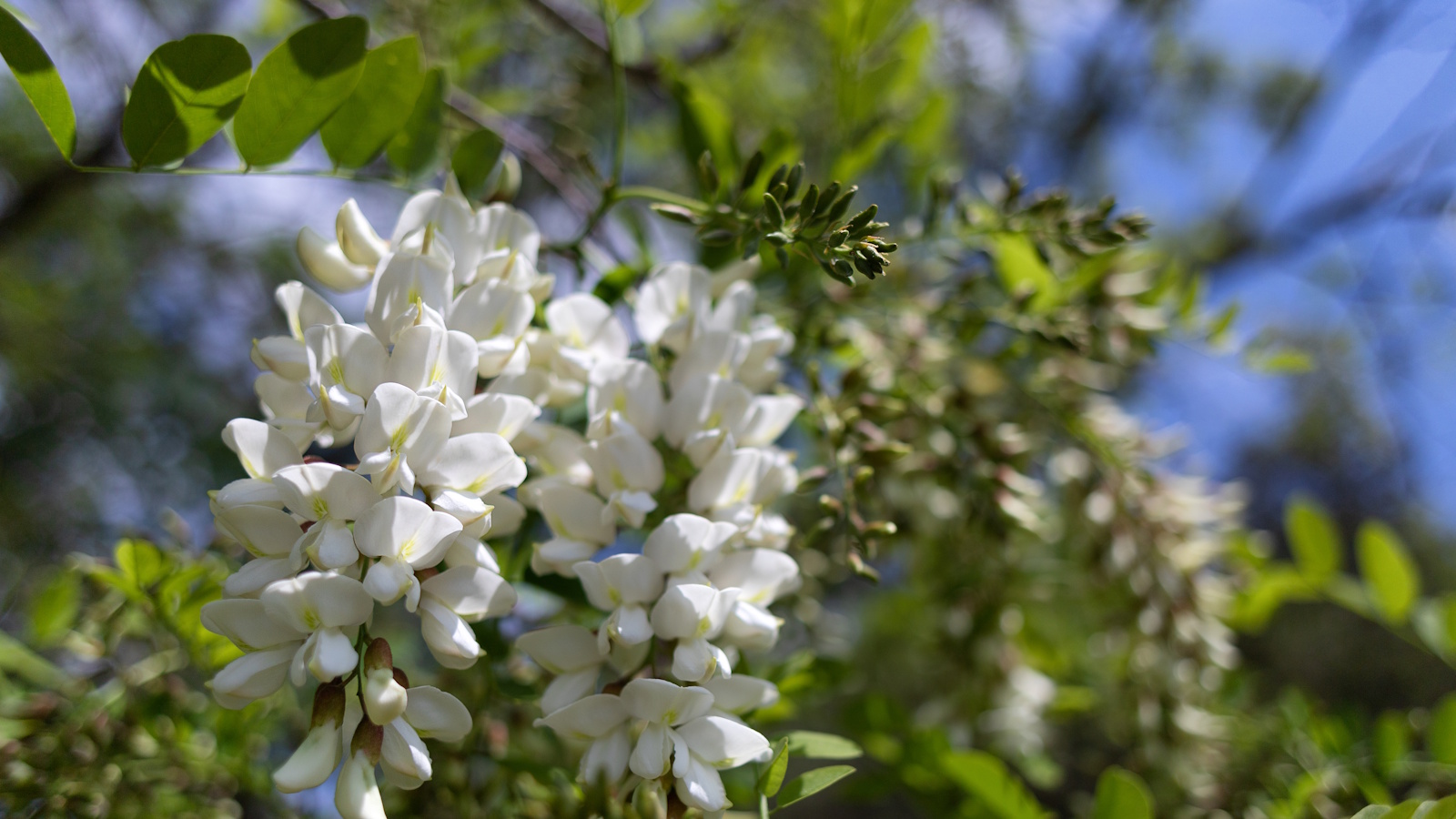

If you are anything like me, you will always opt to fill borders and pots with as many plants as possible. Whether your preference is for fragrance, flowers, or impressive foliage, there’s a plant to suit every yard and taste. However, some species might look good from afar but, up close, can pose a risk, producing spines and thorns that can cause damage.
As a professional gardener, I have a love-hate relationship with many plants with thorns and spines. Hawthorn, for example, makes a brilliant wildlife-friendly hedge, and its blossom is emblematic of the countryside. But pruning it and getting scratched hundreds of times is never a task I enjoy. Yet, like all plants, it has its place, just perhaps not in a yard with inquisitive children and nosy pets.
Here, I reveal five plants with thorns and spines to avoid in family gardens, including some unusual native trees and shrubs. So, if you are wondering about the prickly shrubs and trees to avoid planting close to a house, we have you covered, including recommendations for safer alternatives to grow instead.
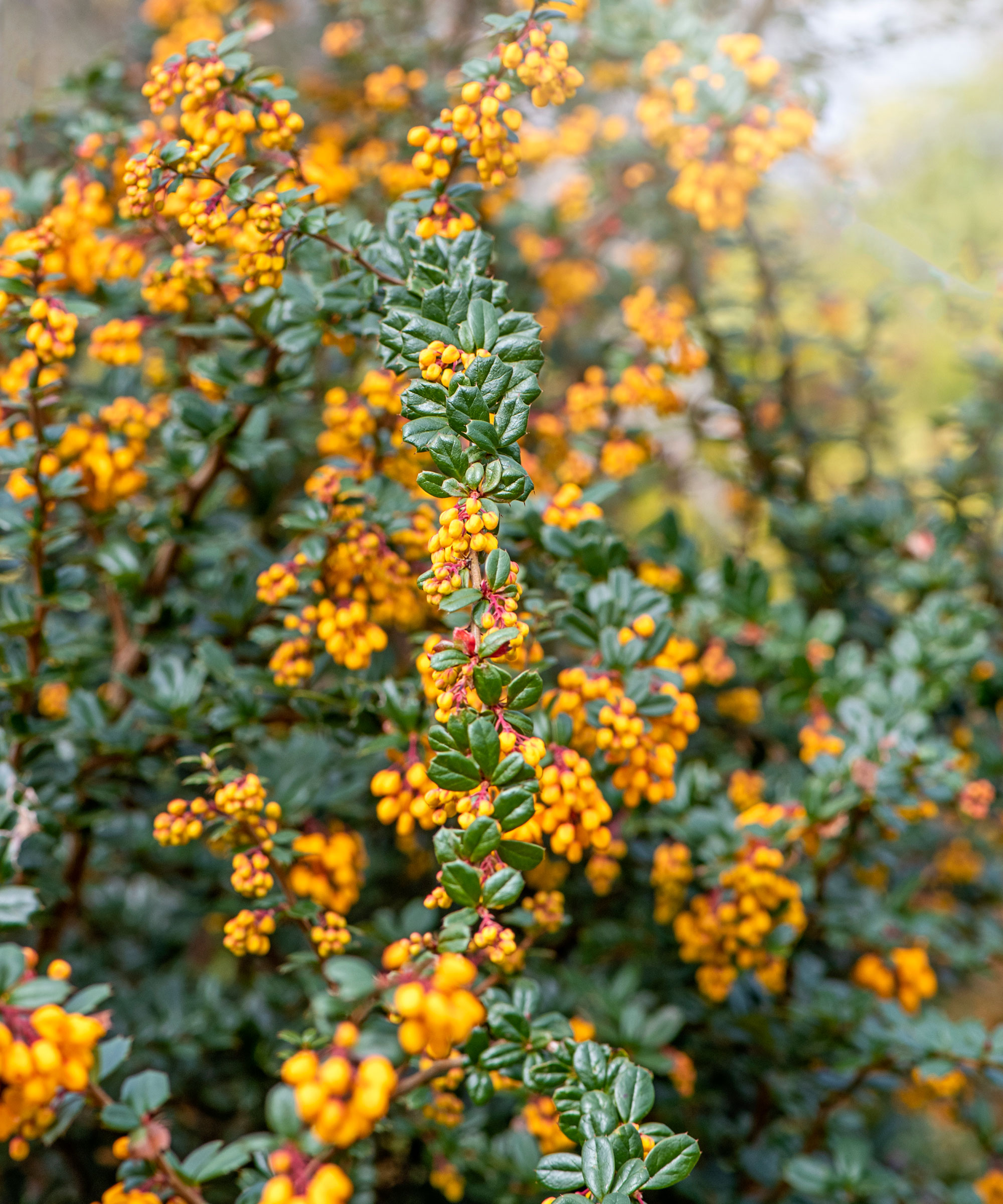
5 plants with thorns and spines to avoid in family gardens
Regardless of where you live or your US hardiness zone, there are many thousands of trees, shrubs and perennials to choose from. However, some intruder-proof hedge plants and even many statement trees and shrubs produce spines and thorns. So, in yards with young children, cats and dogs, it is sensible to opt for safer alternatives.
Here are five plants with thorns and spines to avoid in family gardens to avoid.
1. Agaves
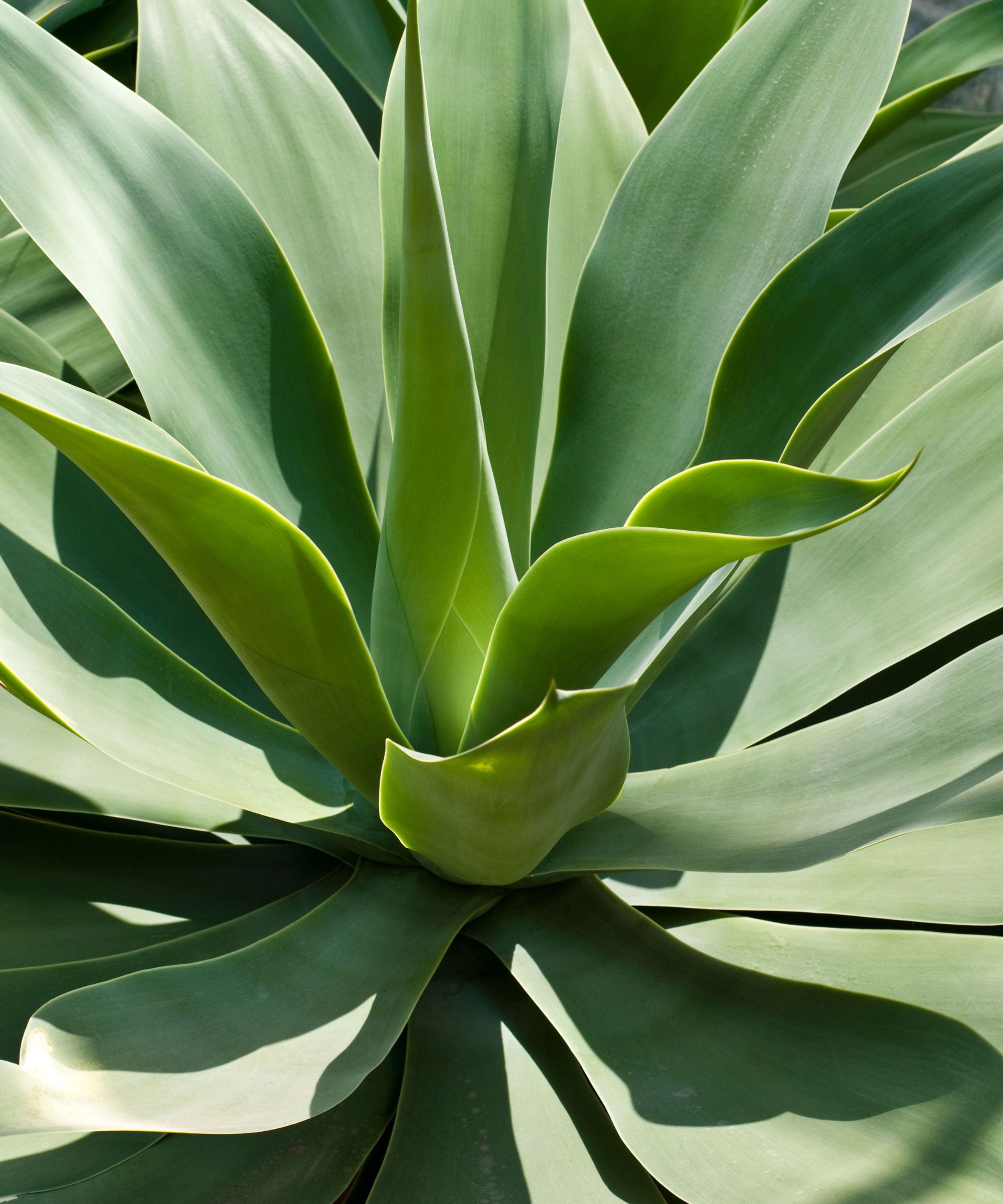
One of the best desert plants, agaves are much loved in warm and drought-prone regions. Across California and Arizona, for example, agaves are a common feature in front and backyards, and for good reason.
Yet, these resilient plants pose a hazard in smaller spaces. In particular, the most common species, Agave americana, can cause quite a sting. The spines on this agave are extremely sharp and can be especially dangerous to pets and children.
Design expertise in your inbox – from inspiring decorating ideas and beautiful celebrity homes to practical gardening advice and shopping round-ups.
To avoid any painful accidents, keep these at the back of the border or in a pot out of reach. Or, alternatively, grow one of the best agave varieties without spines, such as Agave bracteosa, also known as the spider agave, or Agave vilmoriniana, the octopus agave.
'Agaves are easy to grow outdoors and in pots,' says Greg Starr, agave expert and owner of Starr Nursery. These species can be grown down to US hardiness zone 8, with a preference for full sun.
'The trick with all agaves and succulents,' Greg says, 'is that the soil should drain excess water quickly. And, do not forget that these plants will need plenty of light.'
Live octopus agave plants are available from Nature Hills.

Greg graduated from the University of Arizona in 1979 with a Bachelor of Science in Horticulture. He opened Starr Nursery in the summer of 1985 and has specialized in low-water use plants for landscaping in southern Arizona. Greg's second book, titled 'Agaves: Living Sculptures for Landscapes and Containers' was released in early May of 2012.
2. Firethorn
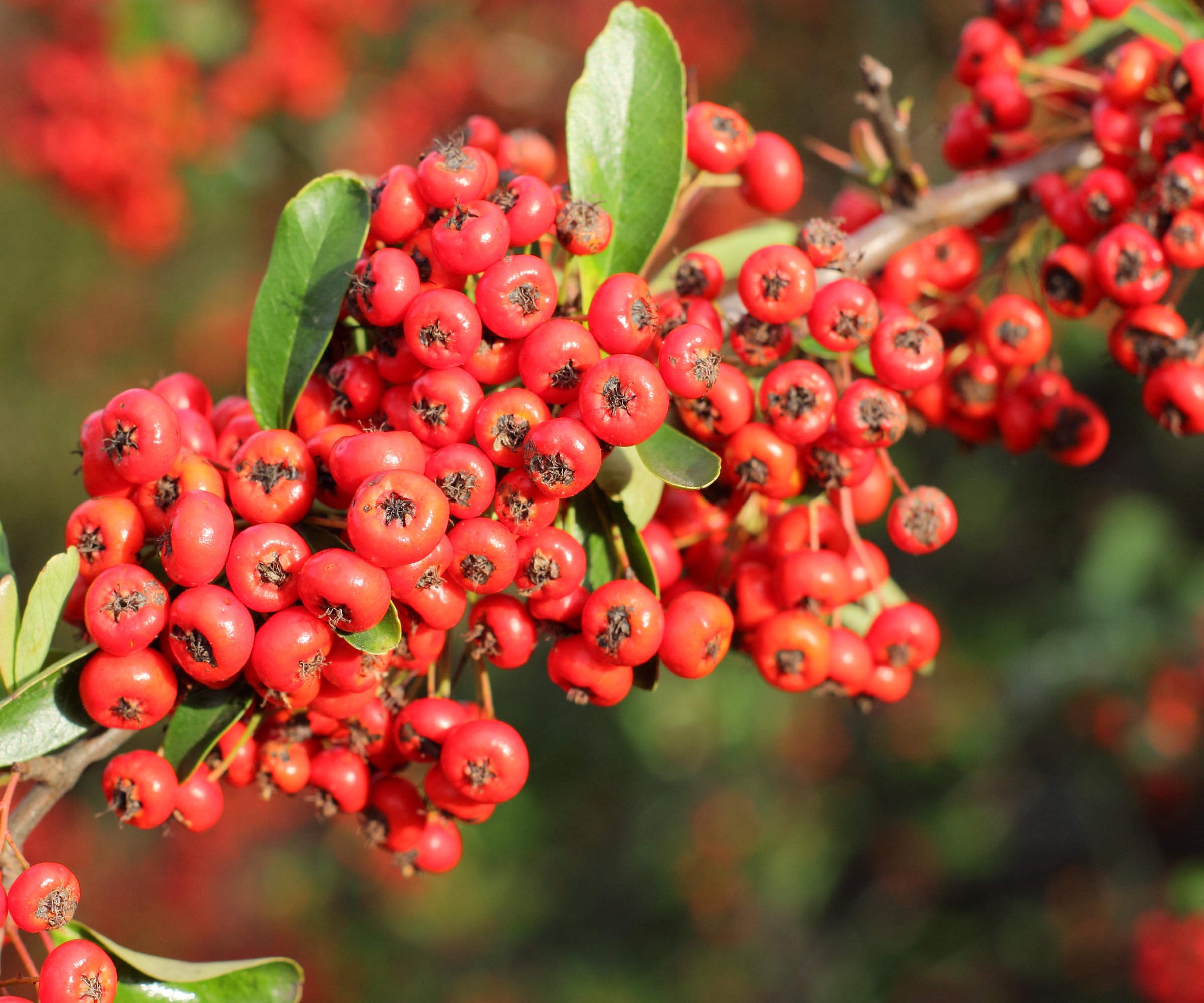
Pyracantha, or firethorn, is considered one of the best hedging plants, popular for both its evergreen foliage and vibrant fall berries. However, this shrub bears long and very sharp thorns, which can be painful when brushed past.
If you do have a pyracantha in your plot or another prickly plant, then I would recommend using something like these long-handled thorn-proof gardening gloves, available to order from Amazon. Investing in a pair will save you much pain when pruning, in my experience.
For a thorn-free species, consider growing heavenly bamboo, or Nandina. There are many different evergreen varieties, including 'Obsession' and 'Firepower', although this will depend on where you reside, as Nandina domestica is reported as an invasive plant in areas throughout the United States.
For a dwarf, controllable option, try this 'Twilight' variety, available from Perfect Plants Nursery.
Growing best from zone 6 plus, they will tolerate both full sun and part shade, with evergreen foliage and red berries come fall.
3. Black locust
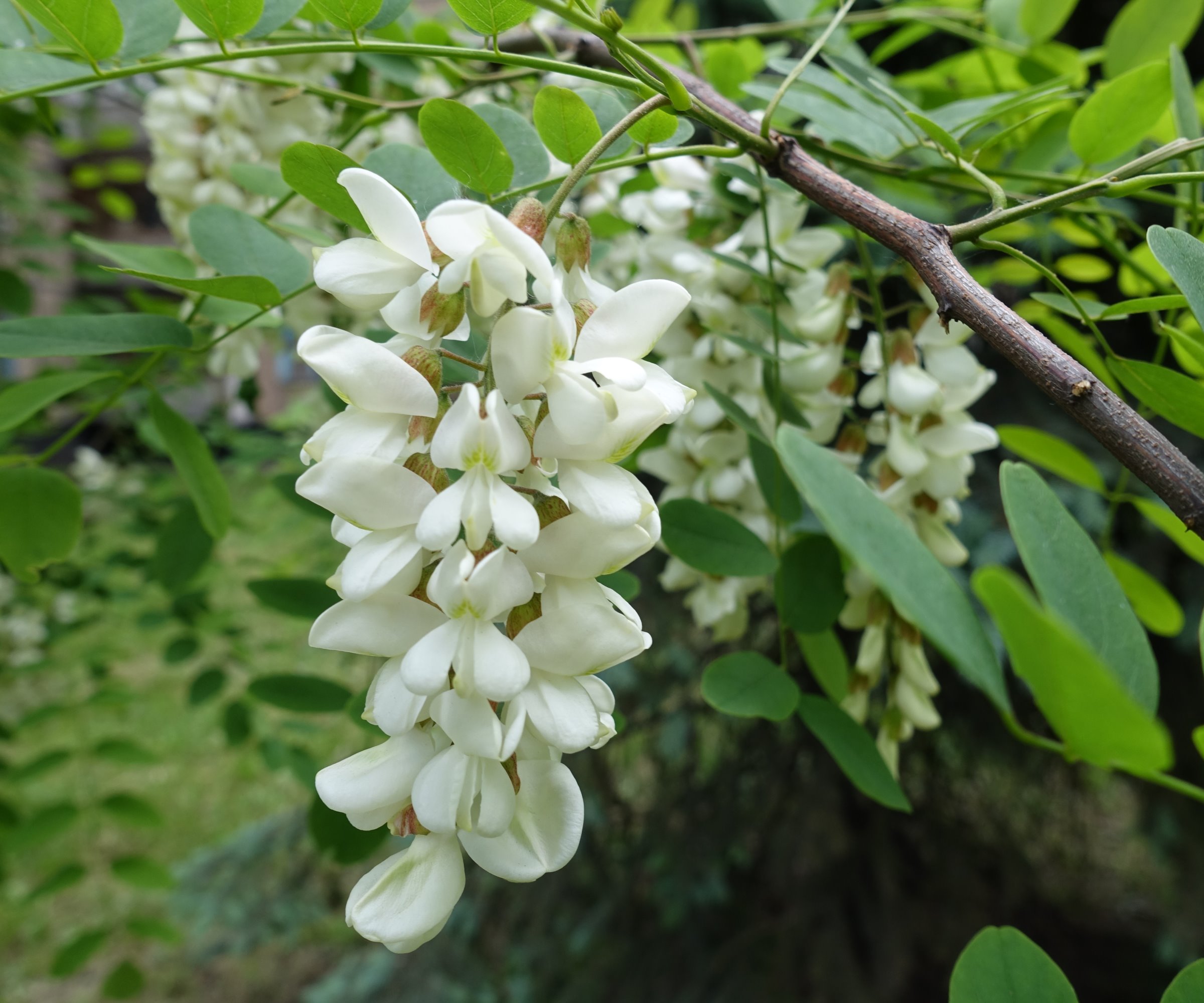
'One of our many native plants in the US, the black locust, or Robinia pseudoacacia, is an impressive tree with beautiful blooms,' says Scott Seargeant, tree expert, arborist and landscaper based in California.
'However, not only are these poisonous trees, containing toxic compounds called toxalbumins, but they are also thorny along the branches. I would say they are trees never to plant in a small backyard or with young children.'
For a flowering tree without prickles, why not learn how to grow eastern redbuds? Producing masses of pink blossom come spring, eastern redbuds, or Cercis canadensis, can be grown in part shade down to zone 4.
Live eastern redbud starter tree can be ordered from Walmart.

I’m an International Arborist and landscape contractor in California. I have extensive knowledge of trees, what keeps them healthy, and what makes them unhealthy. I also have a college degree and am experienced and knowledgeable on all gardening and landscaping topics.
4. Osage orange
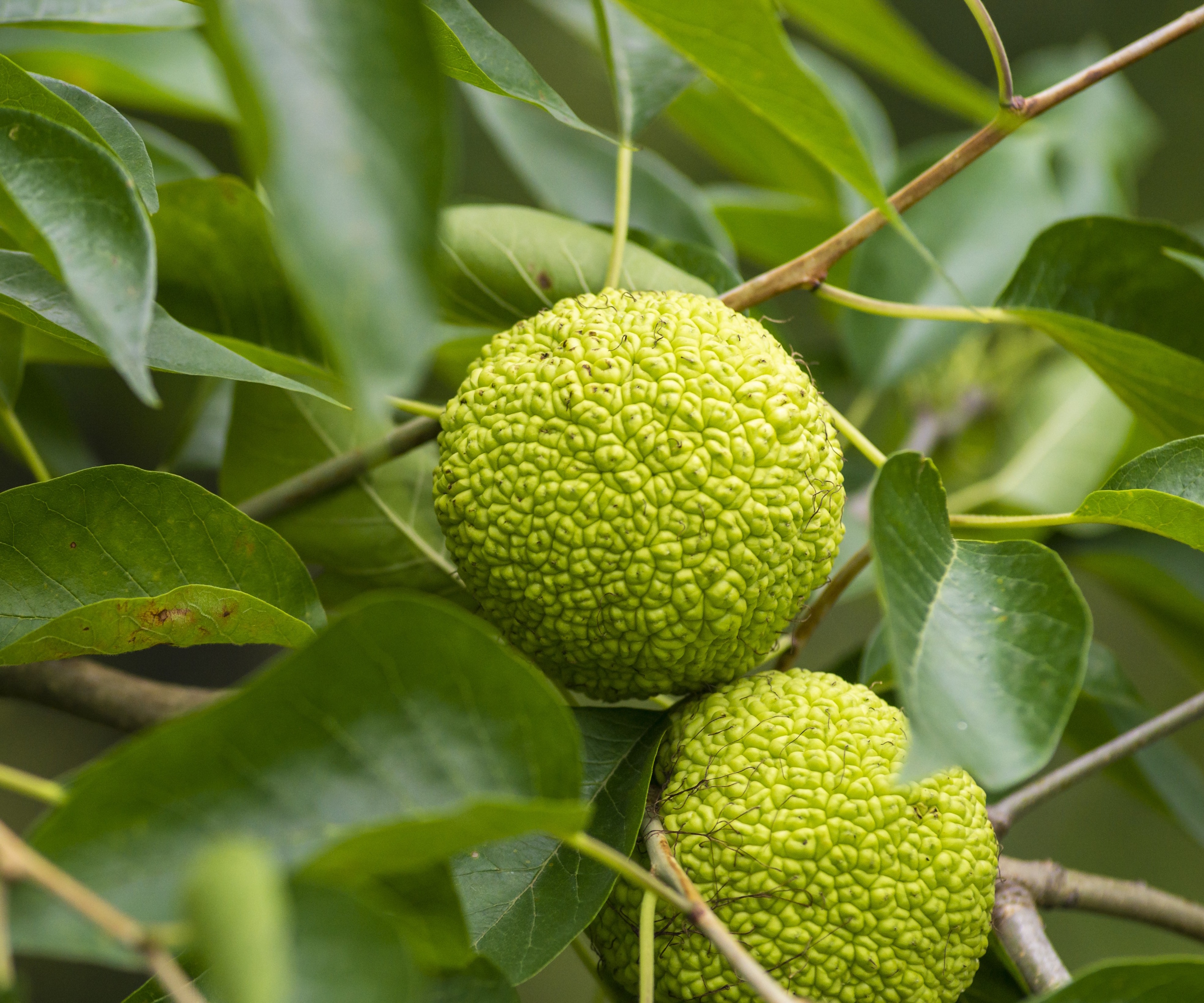
'Osage orange trees, also known as hedge apples, are best seen in wild landscapes and kept out of the backyard,' says plant expert, Katie Sunderlage, based in Wisconsin.
'They can reach upwards of 40 feet,' Katie says, 'so they are generally not recommended for smaller spaces. What's more, Osage oranges, or Maclura pomifera, are typically full of nasty thorns too, which can cause serious damage.'
If you are a fan of unusual fruits, consider growing pawpaw trees instead. This resilient and versatile native is the largest edible fruit grown in North America, and can be planted down to zone 5.
Live pawpaw trees are available to order from Amazon.

Operations Manager at Holland Group, managing the customer service department and purchasing. Katie has been in the green industry since 2005 in the Greater Milwaukee area, earning her degree in Horticulture in 2008. She has been able to share her love for plants working in multiple garden centers, in sales positions and most recently in an online retail platform at Holland Group.
5. Oregon grape
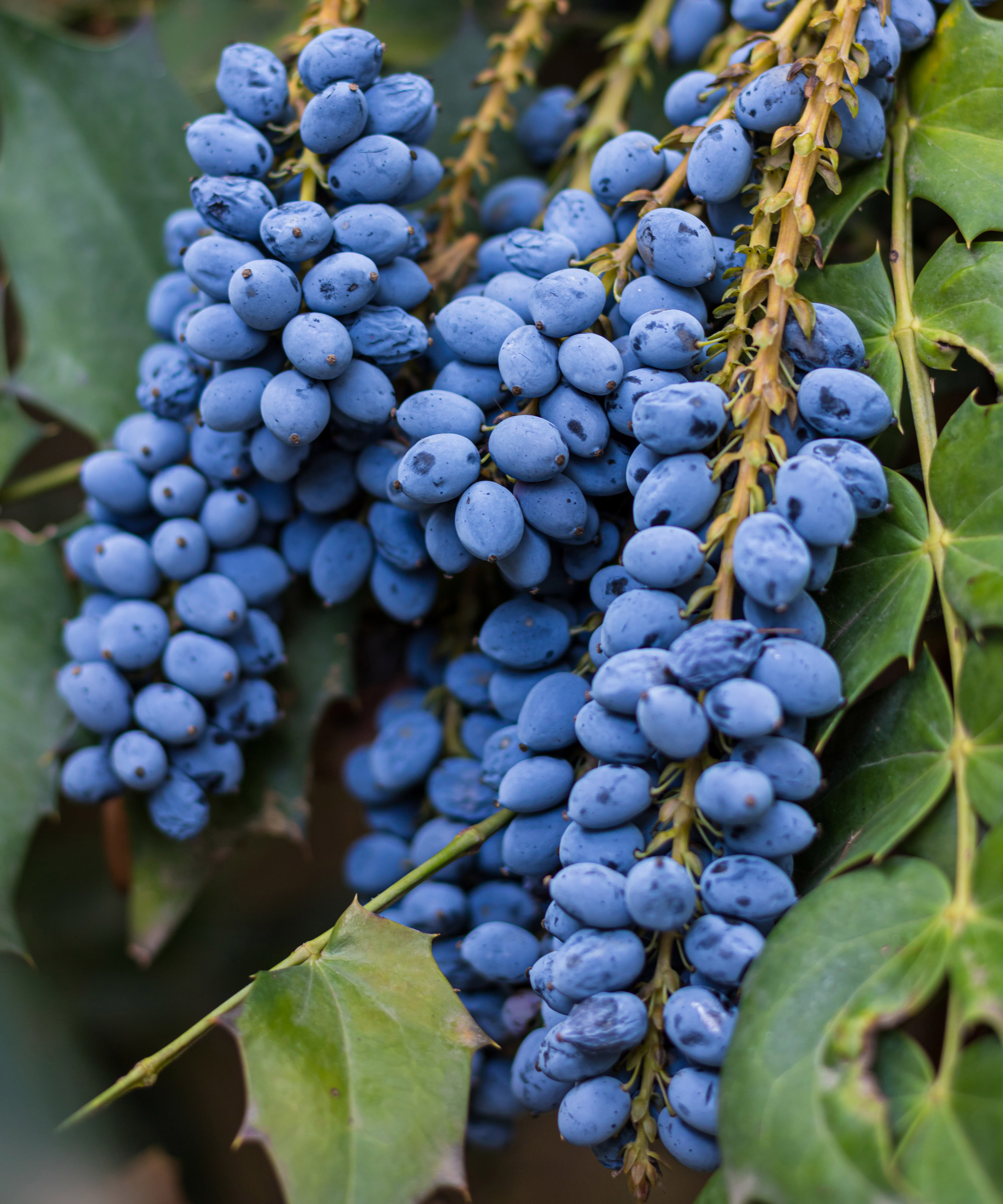
While it is less dangerous than the Osage orange or black locust tree, the Oregon grape, or Mahonia aquifolium (syn. Berberis aquifolium), is another spiky plant to look out for.
Positioned at the back of the border, it would probably be fine, but keep this holly-lookalike away from patios or paths if you have young children.
Instead, opt for a different Mahonia variety that is thornless, such as this 'Soft Caress' specimen, available to order from Amazon. 'Soft Caress' can be grown down to zone 7 with a preference for part shade.
I have previously grown 'Soft Caress' in pots in a private garden in London, and it does the job of the Oregon grape, with evergreen foliage, lightly fragrant flowers and berries, but without any risk of a scratch.
FAQs
Do bougainvillea plants have prickles?
Yes, bougainvillea vines produce thorns along their stems and branches. As climbing plants that stick close to walls and fences, their thorns are generally out of the way, although you can still get a scratch or two when pruning. Keep an eye out for thornless varieties, such as 'Miss Alice', which has beautiful pink blooms and no spikes.
Of course, if you keep plants away from lawns, seating or play areas, you shouldn't need to worry too much about them. In fact, you might decide that spiny or prickly plants are ideal for boundary fences, just be careful when planting and pruning.
See our guide on how to grow holly for a classic prickly evergreen that looks good at all times of year.
Shop garden accessories

Thomas is a Content Editor within the Gardens Team at Homes and Gardens. He has worked as a professional gardener for both public spaces and private estates, specializing in productive gardening, growing food and flowers. Trained in Horticulture at the Garden Museum, he has written on gardening and garden history for various publications, including The English Garden, Gardens Illustrated, Hortus, The London Gardener and Bloom. He has co-authored a Lonely Planet travel book, The Tree Atlas, due out in 2024.


